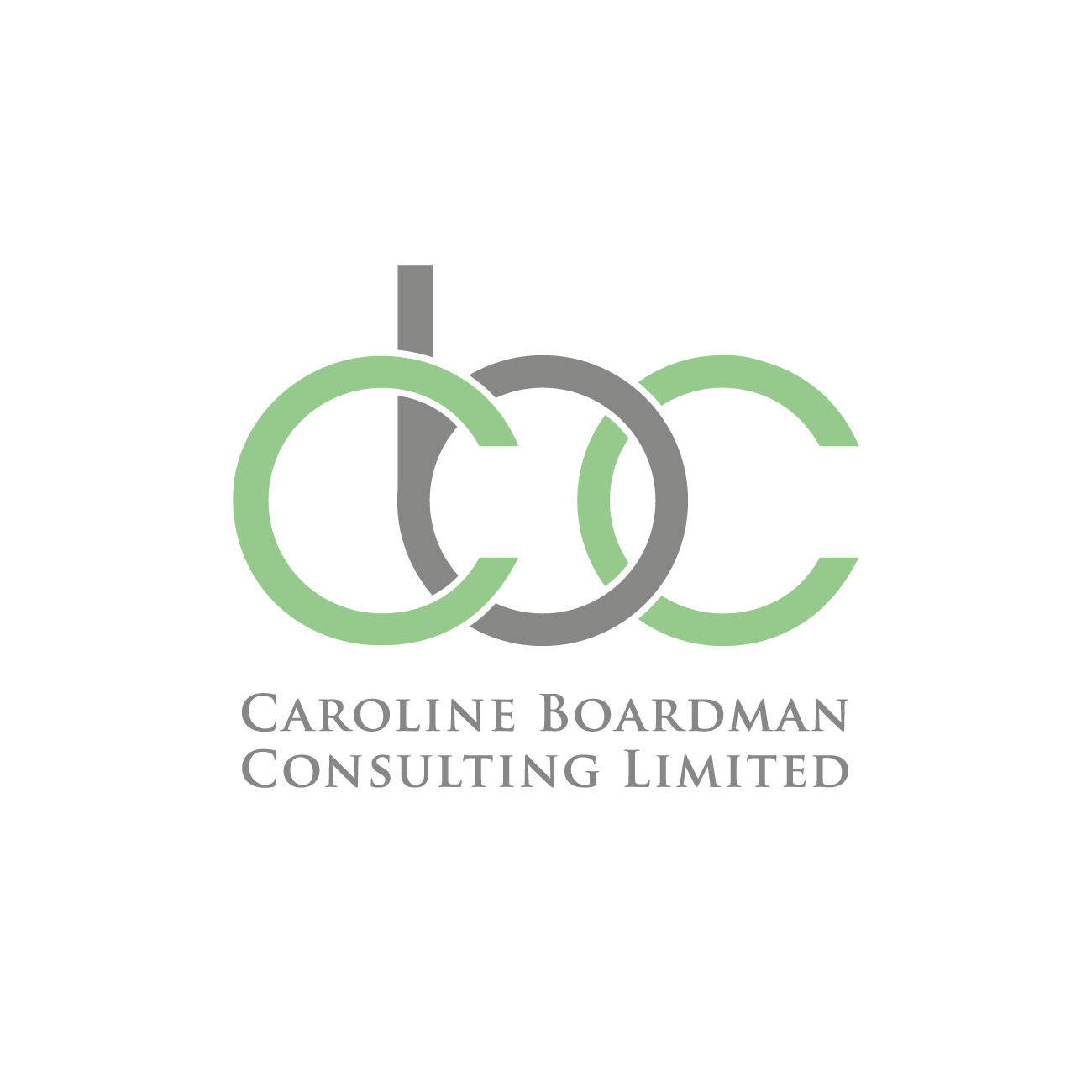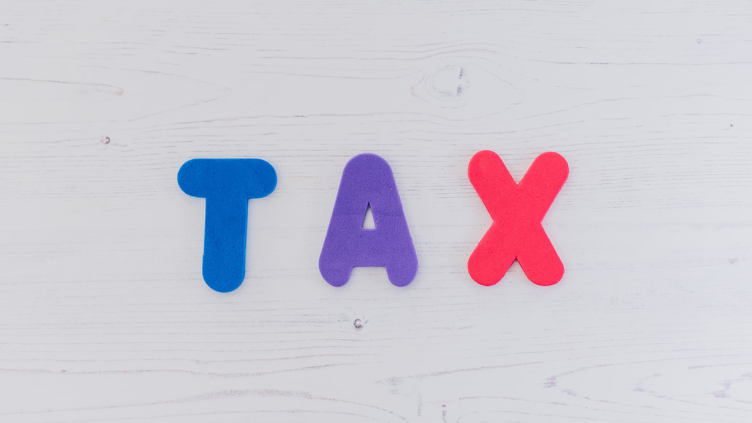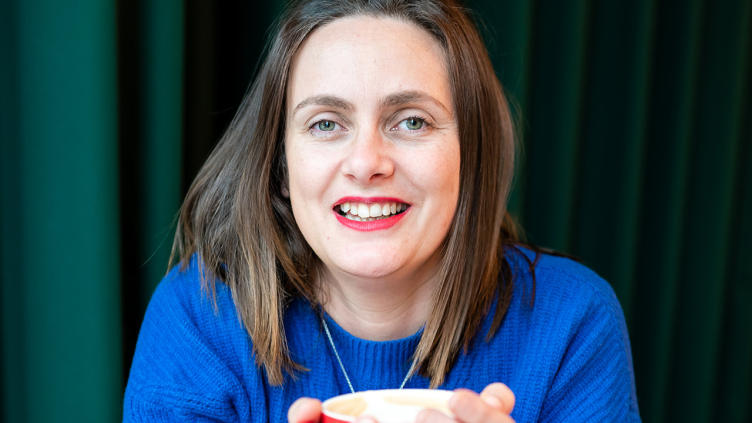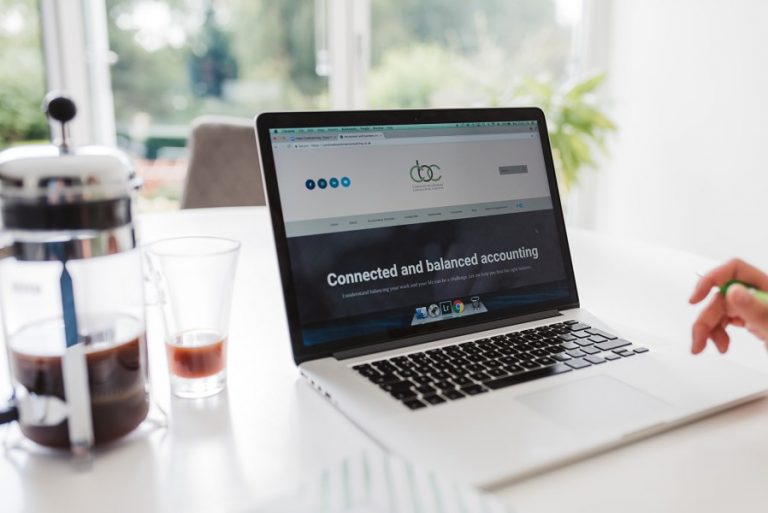My 5 family friendly tax tips
As a working mum and an accountant, I like to know what’s available to help me to save money. A lot of my clients and audience are parents so these tax tips will be relevant to you too.
1. TAX FREE CHILDCARE
Did you know that you can get up to £500 every 3 months (up to £2,000 a year) for each of your children (until 1st September after their 11th birthday) to help with the costs of childcare?
To access Tax-Free Childcare, you need to set up an online childcare account for your child. You can then transfer money into this online account from your own bank account (or others can contribute too). For every £100 paid into this account, the government will pay in £25.
If your nursery, childminder, after school clubs, play schemes or holiday club fees are £500 per month, you will only pay £400! The government will pay £100.
You will then pay this from your online account directly to the childcare provider. Check with your provider to see if they’re signed up. Your childcare provider must be signed up to the scheme before you can pay them and benefit from Tax-Free Childcare.
Your eligibility depends on whether you are working, your income (and your partner’s income, if you have one), your child’s age and circumstances and your immigration status.
You’ll need to expect to earn a certain amount over the next 3 months. This is at least the National Minimum Wage or Living Wage for 16 hours a week on average.
For example, over the next 3 months you expect to earn at least £1,815 (£605 per month). If you have a partner, they’ll need to expect to earn at least this much too. If you’re self-employed and don’t expect to make enough profit in the next 3 months, you can use an average of how much you expect to make over the current tax year. This earnings limit does not apply if you’re self[1]employed and started your business less than 12 months ago.
If you or your partner have an expected ‘adjusted net income’ over £100,000 in the current tax year you will not be eligible. This includes any bonuses you expect to get.
You cannot get Tax-Free Childcare at the same time as claiming Working Tax Credit, Child Tax Credit, Universal Credit or childcare vouchers.
Which scheme you’re better off with depends on your situation. Use the childcare calculator to work out which type of support is best for you. https://www.gov.uk/childcare-calculator?step-by-step-nav/
You must tell your employer within 90 days of applying for Tax-Free Childcare to stop your childcare vouchers. IMPORTANT: You can’t claim tax free childcare and Childcare vouchers. Both you and your partner need to be on the same scheme – either Tax[1]Free Childcare OR childcare vouchers.
You can apply online for Tax-Free Childcare here: https://www.gov.uk/apply-for-tax-free-childcare/
You can get Tax-Free Childcare for one child at the same time as getting 30 hours free childcare for another.
2. 30 HOURS FREE CHILDCARE
You may be able to get 30 hours free childcare if you live in England and your child is 3 to 4 years old NB. There are different schemes in Scotland, Wales and Northern Ireland.
The childcare must be with an approved childcare provider and stops when your child starts in reception class (or reaches compulsory school age, if later). You may have to pay for extra costs like meals, nappies or trips. You can apply online for a childcare account to get a code for 30 hours to give to your provider. https://www.gov.uk/apply-30-hours-free-childcare
You can get 30 hours of free childcare per week for 38 weeks of the year (during school term time). You may be able to get free childcare for 52 weeks if you use fewer than 30 hours per week. Check with your childcare provider to find out if this is something they offer.
Your eligibility depends on all the same factors as Tax-Free Childcare as per point 1.
You can apply from when your child is 2 ¾ years old. You are entitled to 30 hours free childcare the term after your child turns 3. Check with your childcare provider to find out the exact date your 30 hours free childcare starts.
You have to reconfirm your eligibility every 3 months. If you apply more than 3 months before the term starts, you’ll have to reconfirm your eligibility in your account in order to keep your code valid.
If you are applying for 30 hours and someone else already claims Tax-Free Childcare for that child, your application will be unsuccessful.
Once your application has been approved, you’ll get a code for 30 hours free childcare to give to your childcare provider.
As per point 1, you can get 30 free hours childcare for one child at the same time as getting Tax-Free Childcare for another.
3. MARRIAGE ALLOWANCE
Marriage Allowance lets you transfer £1,250 of your Personal Allowance to your husband, wife or civil partner.
This reduces their tax by up to £250 in the tax year (6 April to 5 April the next year).
To benefit as a couple, you (as the lower earner) must normally have an income below your Personal Allowance – this is usually £12,500.
You can calculate how much tax you could save as a couple by visiting https://www.tax.service.gov.uk/marriage-allowance-application/benefit-calculator
You should call the Income Tax helpline instead if you receive other income such as dividends, savings or benefits from your job. You can also call HMRC on 0300 200 3300 if you do not know what your taxable income is.
When you transfer some of your Personal Allowance to your husband, wife or civil partner you might have to pay more tax yourself, but you could still pay less as a couple.
You can benefit from Marriage Allowance if you’re married or in a civil partnership, you do not pay Income Tax or your income is below your Personal Allowance (usually £12,500) and your partner pays Income Tax at the basic rate, which usually means their income is between £12,501 and £50,000 before they receive Marriage Allowance.
You cannot claim Marriage Allowance if you’re living together but you’re not married or in a civil partnership.
If you’re in Scotland, your partner must pay the starter, basic or intermediate rate, which usually means their income is between £12,501 and £43,430.
It will not affect your application for Marriage Allowance if you or your partner are currently receiving a pension or live abroad – as long as you get a Personal Allowance.
NB. Married Couple’s Allowance is not the same as Marriage Allowance. You cannot get Marriage Allowance and Married Couple’s Allowance at the same time.
You can backdate your claim to include any tax year since 5 April 2016 that you were eligible for Marriage Allowance. Your partner’s tax bill will be reduced depending on the Personal Allowance rate for the years you’re backdating and they will receive the rebate either by cheque or by their tax code being increased.
If your partner has died since 5 April 2016 you can still claim – phone the Income Tax helpline on 0300 200 3300. If your partner was the lower earner, the person responsible for managing their tax affairs needs to phone.
Your Personal Allowance will transfer automatically to your partner every year until you cancel Marriage Allowance – for example if your income changes or your relationship ends.
4. SMP FOR DIRECTORS OF LIMITED COMPANIES AND MATERNITY ALLOWANCE FOR SOLE TRADERS
Whether you are a sole director of a Limited Company, a sole trader or in a partnership you are still entitled to maternity leave and some form of financial support when you have a baby.
As a director you are an employee of a company so the same rules apply. You are entitled to Statutory Maternity Pay (SMP). SMP is paid for up to 39 weeks. You get 90% of your average weekly earnings (before tax) for the first 6 weeks and £151.20 or 90% of your average weekly earnings (whichever is lower) for the next 33 weeks.
SMP is paid in the same way as your wages (for example monthly or weekly). You can use the SMP calculator https://www.gov.uk/pay-leave-for-parents/ to work out how much you could get.
If you take Shared Parental Leave you’ll get Statutory Shared Parental Pay (ShPP). ShPP is £151.20 a week or 90% of your average weekly earnings, whichever is lower.
SMP usually starts when you take your maternity leave. It starts automatically if you’re off work for a pregnancy-related illness in the 4 weeks before the week (Sunday to Saturday) that your baby is due.
As a sole director of a Limited Company you are entitled to apply for an advance of Statutory Maternity Pay (SMP)
Here’s a link to the form:- https://www.tax.service.gov.uk/shortforms/form/DMB_SMP2_ShPP
If you’re a sole trader or in a partnership, to get the full amount of Maternity Allowance, you must have paid Class 2 National Insurance for at least 13 of the 66 weeks before your baby’s due. Here’s a link to the form you need to fill in to apply:-
https://www.gov.uk/government/publications/maternity-allowance-claim-form
Apply as early as possible because it can take the Department for Work and Pensions (DWP) flipping ages to respond!
The DWP will check if you’ve paid enough when you make your claim. They’ll write to you if you have not.
If you have not paid enough Class 2 National Insurance to get the full rate (£151.20 a week), you’ll get £27 a week for 39 weeks.
You still need to meet all the other eligibility criteria to get this amount.
You may be able to get the full rate by making early National Insurance payments. HM Revenue and Customs (HMRC) will send you a letter to tell you how.
You’ll need to pay using the reference number in the letter to get the full rate, even if you’ve recently made a payment through Self-Assessment.
5. HIGH INCOME CHILD BENEFIT TAX CHARGE
This isn’t a popular one because it’s about having to pay Child Benefit back, but it’s one that catches people out when they don’t now about it so it’s worth reading on…
You may have to pay a tax charge, known as the ‘High Income Child Benefit Charge’, if you have an individual income over £50,000 and you or your partner get Child Benefit, someone else gets Child Benefit for a child living with you and they contribute at least an equal amount towards the child’s upkeep. It does not matter if the child living with you is not your own child.
You can choose not to get Child Benefit payments, but you should still fill in the Child Benefit claim form. This will help you get National Insurance credits which count towards your State Pension.
Claiming Child Benefit also means your child will get their National Insurance number automatically shortly before they’re 16.
They will not have to apply for one themselves.
You can either stop getting Child Benefit – sometimes known as ‘opting out’ or, carry on getting Child Benefit and pay any tax charge at the end of each tax year.
To work out if your income is over the threshold, you’ll need to work out your ‘adjusted net income’. Your adjusted net income is your total taxable income before any personal allowances and less things like Gift Aid. Use the Child Benefit tax calculator https://www.gov.uk/child-benefit-tax-calculator to get an estimate of your adjusted net income.
I hope you can use at least 1 of these 5 tax tips to save some money for yourself and your family! Let me know if you have success with any of them, I love to know when people have heard about tax savings through me.


